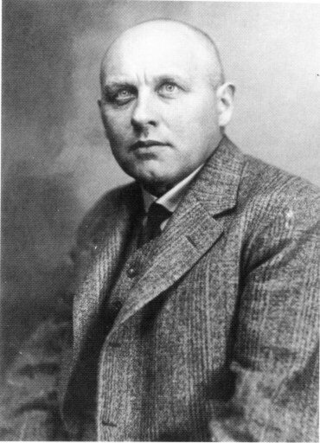Top Qs
Timeline
Chat
Perspective
Kálmán Kittenberger
Austro-Hungarian scientist From Wikipedia, the free encyclopedia
Remove ads
Kálmán Kittenberger (Léva, 10 October 1881 - Nagymaros, 4 January 1958) was an Austro-Hungarian traveller, natural historian, biologist and collector. He was born in Léva, now in Slovakia (Levice).

He made six travels to Africa, the first time in 1902, where he was accompanying a wealthy nobleman on a hunting trip and supported by the Hungarian National Museum in Budapest. He spent a total of 16 years in Africa on 6 occasions. During a hunting trip in British Uganda in 1914, he was captured by the British authorities, and taken to an internment camp in Ahmednagar, India; he was held there until the end of 1919.[1]
During his journeys he faced financial difficulties as he received no sponsorship, but he was still able to grant 60,000 items to the biological collections of the Hungarian National Museum, including 300 new animal species (almost 40 of them were named after Kittenberger, including Pachyonomastus kittenbergeri). Part of that collection was annihilated by a fire in 1956. One museum specimen labels his name has been altered by a department head against his will to Katona.[2][3] Many of the taxonomic names dedicated to him are using this pseudonym e.g. Brachiopterna katonae or the genus Katonaia.
The Anthrenus kittenbergeri beetle is also named after him.[4]
Remove ads
Selected works
- Vadász- és gyűjtőúton Kelet-Afrikában (Hunting and collecting in East-Africa, 1927, Budapest)
- A megváltozott Afrika (Changed Africa, 1930, Budapest)
- Kelet-Afrika vadonjaiban (In the wilderness of East-Africa, 1955, Budapest) [5]
- A Kilimandzsárótól Nagymarosig (From the Kilimanjaro to Nagymaros, 1956, Budapest) [5]
- Vadászkalandok Afrikában (Hunting adventures in Africa, 1957, Budapest)
References
Wikiwand - on
Seamless Wikipedia browsing. On steroids.
Remove ads
